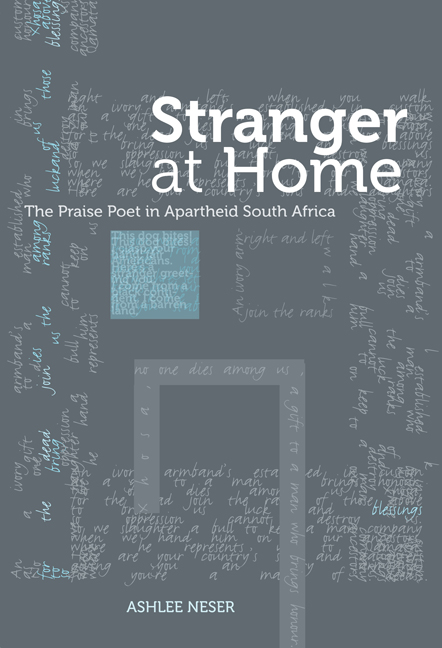Appendix: Note on genealogy
Published online by Cambridge University Press: 17 May 2019
Summary
Thembu lineages
Most of Manisi's local Transkeian subjects were Thembu. The Thembu migrated southwards into the area between the Mthatha and Mbashe rivers in the seventeenth century. The early chiefly line ran: Thembu, Bomoyi, Ndunakazi, Cedume, Toyi, Ntande, Mguthi and Nxeko. Nxeko had two sons in the Great House (the house from which paramount chiefs are drawn) and one in a non-paramount house.1 The two Great House sons, Dlomo and Hlanga, engaged in a succession dispute which Dlomo, the younger, won. Several groups broke away and formed their own Thembu chiefdoms, including the amaNdungwana, the amaTshatshu and the amaJumba. In the main Dlomo line, descent continued through Hala, Madiba, Taro, Zondwa, Ndaba and Ngubengcuka (also known as Vusani). Manisi frequently invokes these chiefs.
In 1828, Shaka expelled the Ngwane from his territory in what is today KwaZulu-Natal. The Ngwane invaded Thembu territory and Ngubengcuka, with colonial assistance, fought a successful battle against the invaders. However, the disturbances caused by the incident resulted in the secession from the main Thembu body of a group that became known as the Emigrant Thembu: the secession was led by Mathanzima of the Right Hand House of Mthikrakra, son of Ngubengcuka. The Emigrant Thembu took up residence in the area of Glen Grey and Cofimvaba, while the main Thembu line remained between the Mthatha and Mbashe rivers. The breakaway Thembu consisted of the Tshatshu led by Bawane, the Hala under Mathanzima, the Ndungwana, and the Gcina and the Qwathi, two non-Thembu groups who recognised the Thembu paramount.
Ngangelizwe succeeded Mthikrakra in the main line. Ngangelizwe was followed by Dalindyebo, Sampu, Sabatha and Sabatha junior. This was the paramount line to which all Thembu, including the Emigrant Thembu, owed allegiance. In the Mathanzima line, which ruled in Emigrant Thembuland, Mathanzima was succeeded by Mvuzo, Mhlobo and Kaiser Mathanzima. Other Thembu chiefs referred to in Manisi's poetry include Joyi, the second son of Ngubengcuka's Great House, and Mthikrakra, son of Silimela and cousin of Sabatha junior.
A brief note on the main Xhosa line
In the main Xhosa chiefdom, the royal line begins with Tshawe in the 1600s, and descends through four generations in the course of which breakaways occur.
- Type
- Chapter
- Information
- Stranger at HomeThe Praise Poet in Apartheid South Africa, pp. 247 - 248Publisher: Wits University PressPrint publication year: 2011



